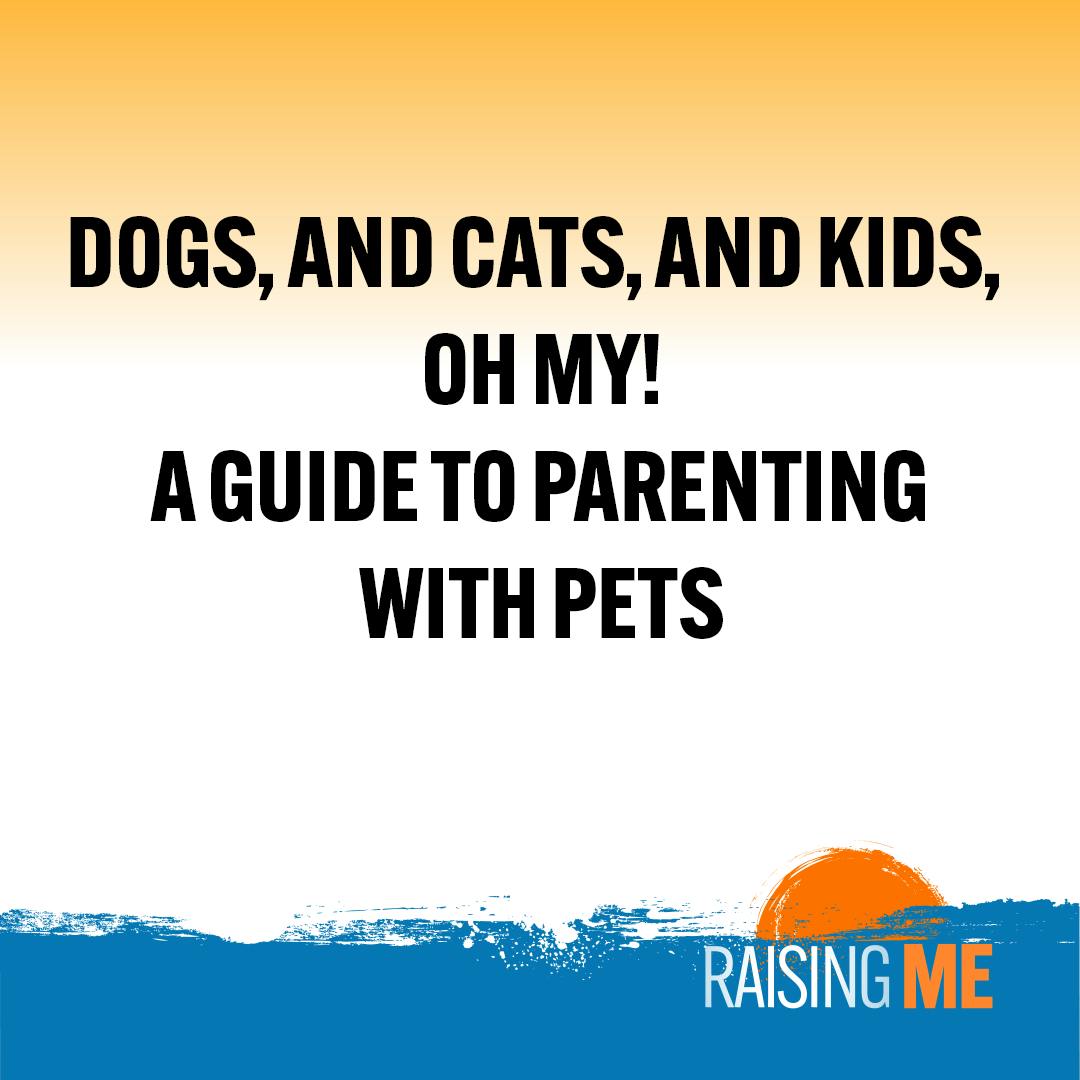Helping Kids Cope with S.A.D.
Description
As winter tightens its grip on New England, many parents might be feeling the effects of Seasonal Affective Disorder, or SAD. The long, dark days—marked by sunset before 5 p.m.—can take a toll on mood and energy levels. But it’s not just adults who are impacted. Kids and teens can experience SAD too, often in ways that are easy to overlook.
Longtime family therapist and Director of MaineHealth’s Center for Trauma, Resilience and Innovation Rebecca Hoffmann discusses what SAD looks like in younger people, how to spot the signs, and how parents can help. Symptoms may include changes in mood, increased fatigue, and a lack of motivation during the colder months.
According to Hoffmann, simple interventions can make a big difference. Sunlight and Vitamin D are key players in battling SAD, as are regular exercise and a balanced diet. Light therapy, which uses specialized lamps to mimic natural sunlight, can also be an effective tool. But SAD isn’t just a winter problem, Hoffmann notes. It can extend into other seasons, making it essential for families to be aware of its potential year-round impact.
Learn more about your ad choices. Visit megaphone.fm/adchoices
























